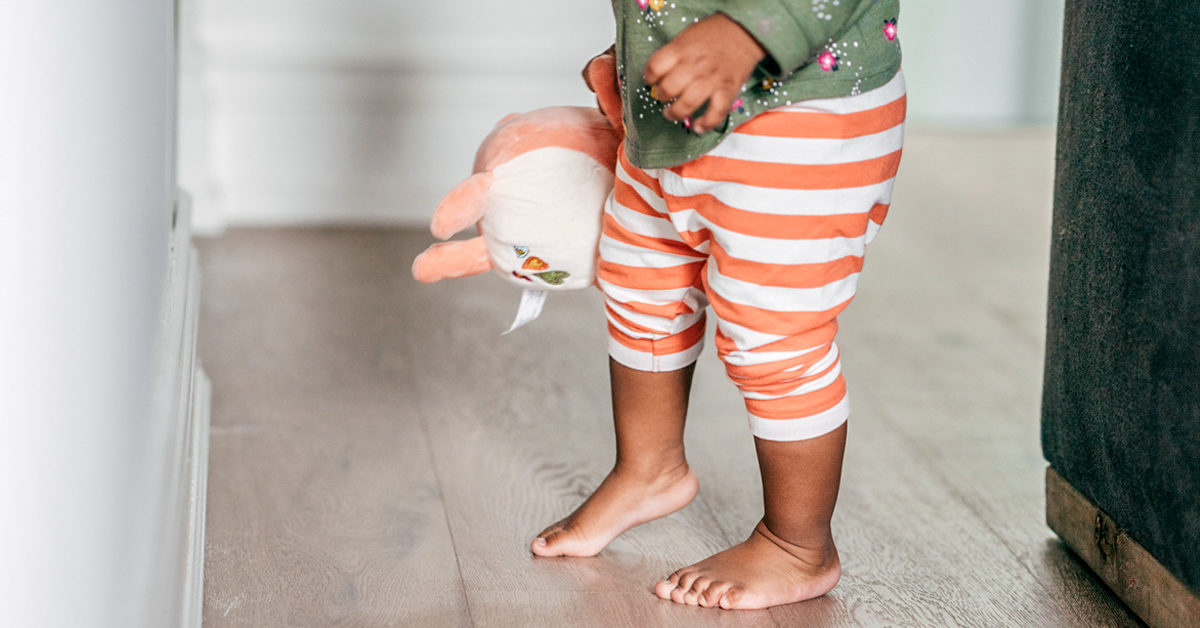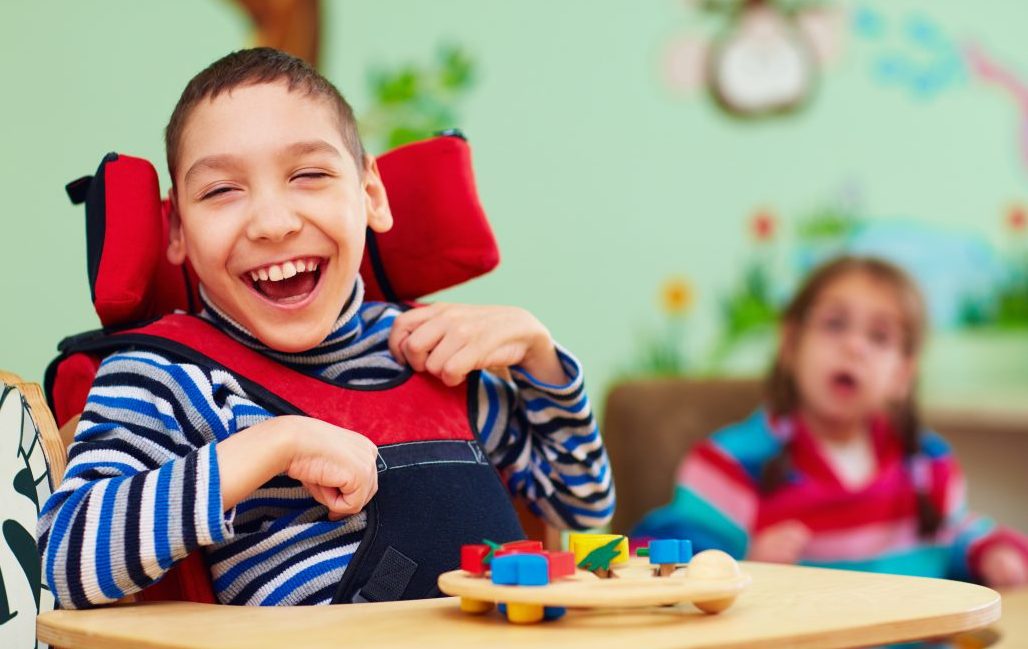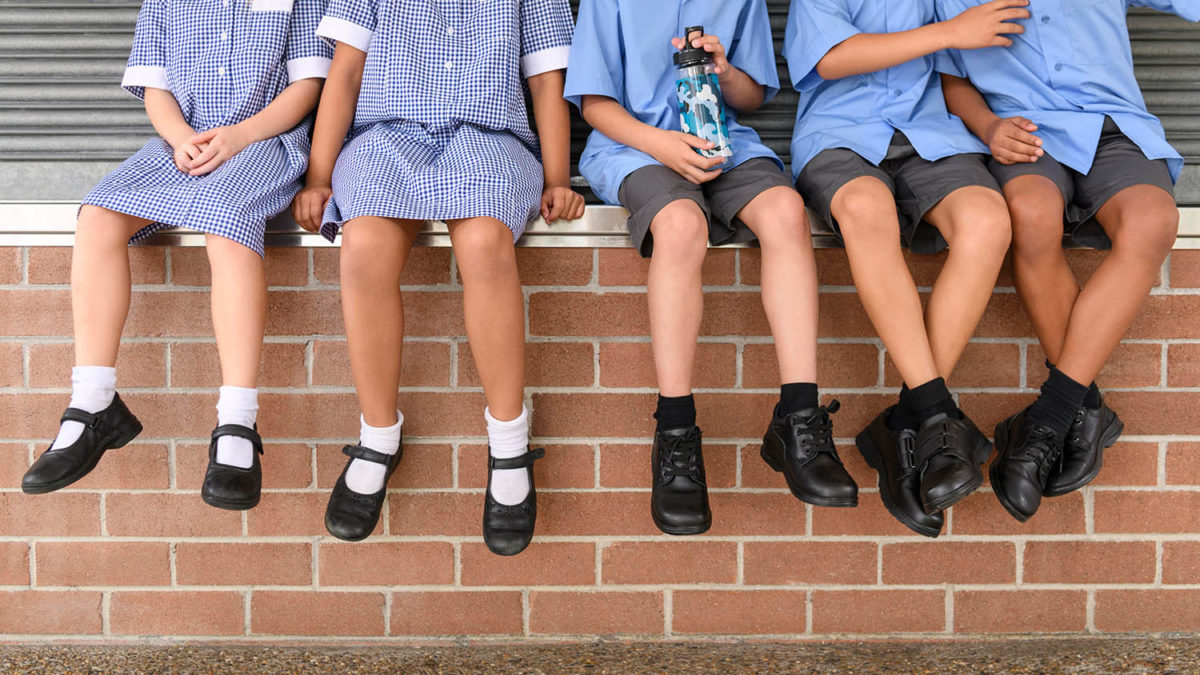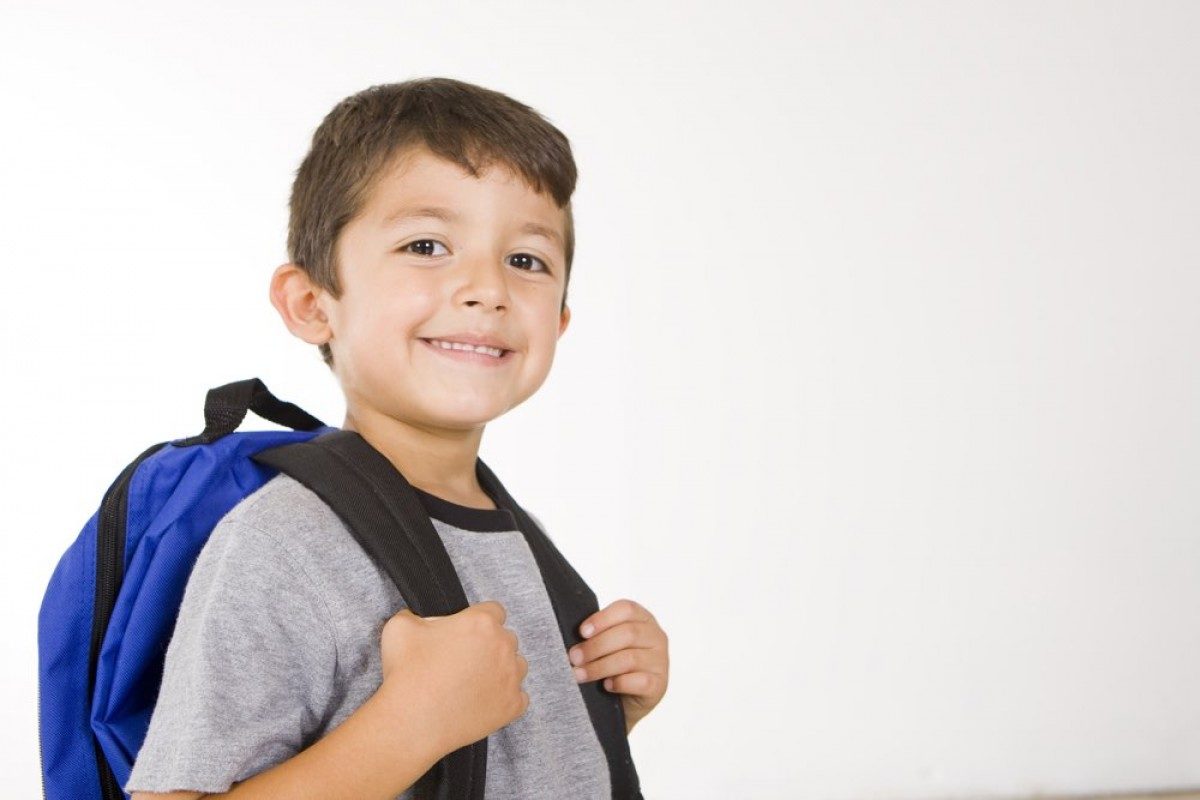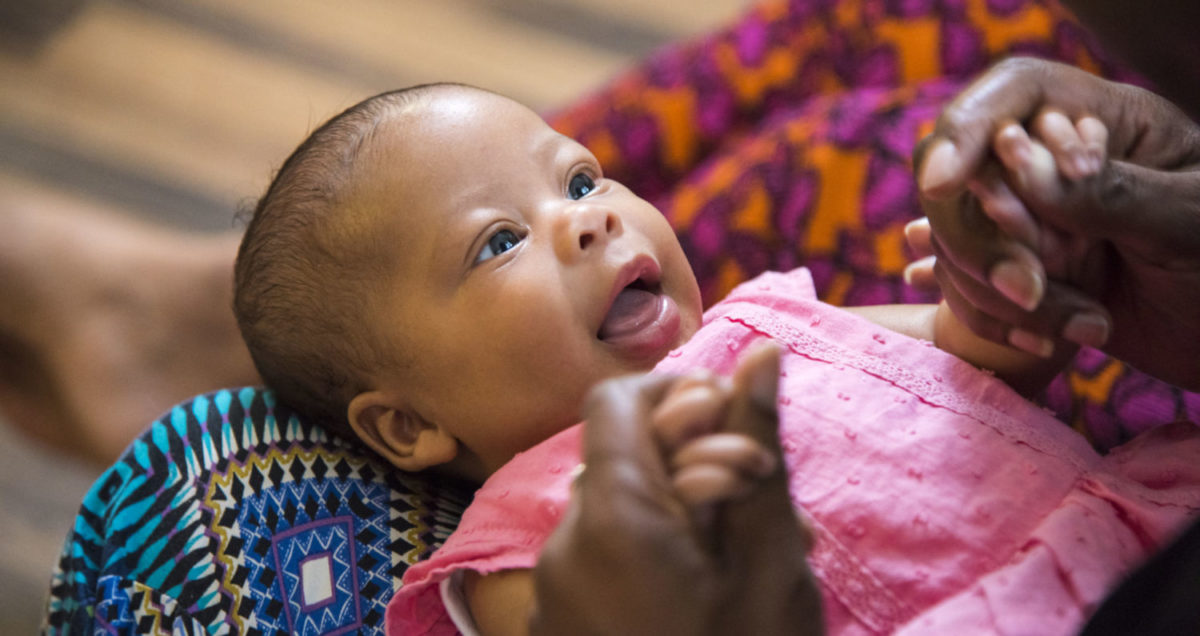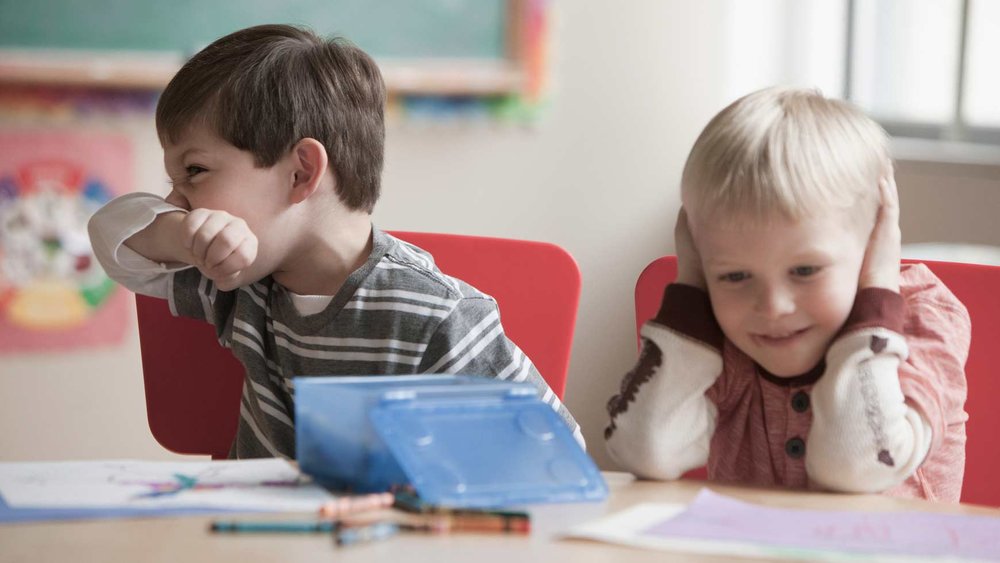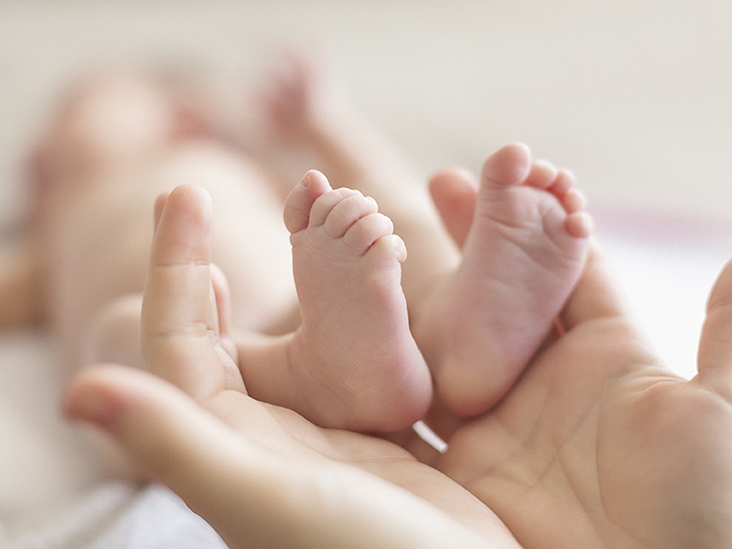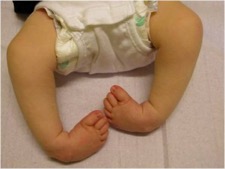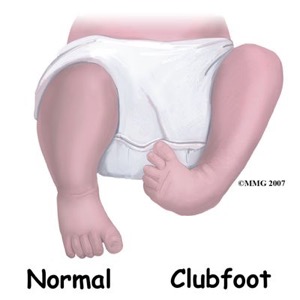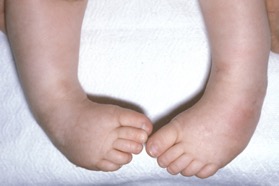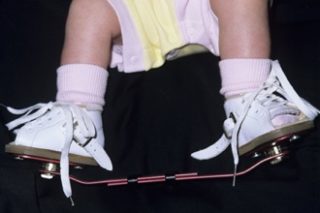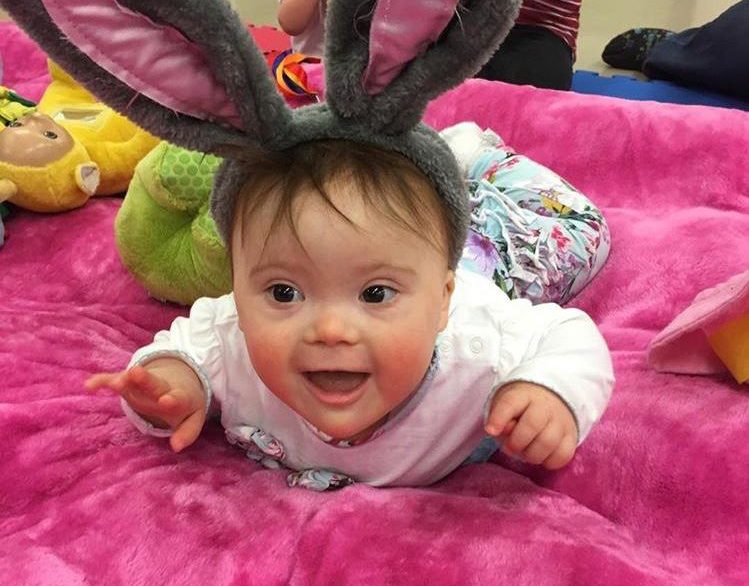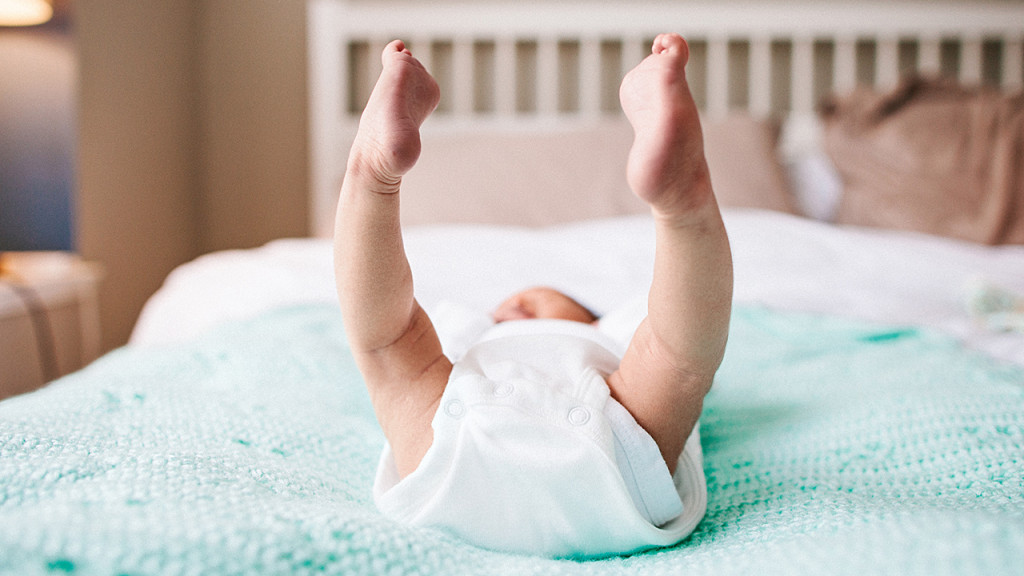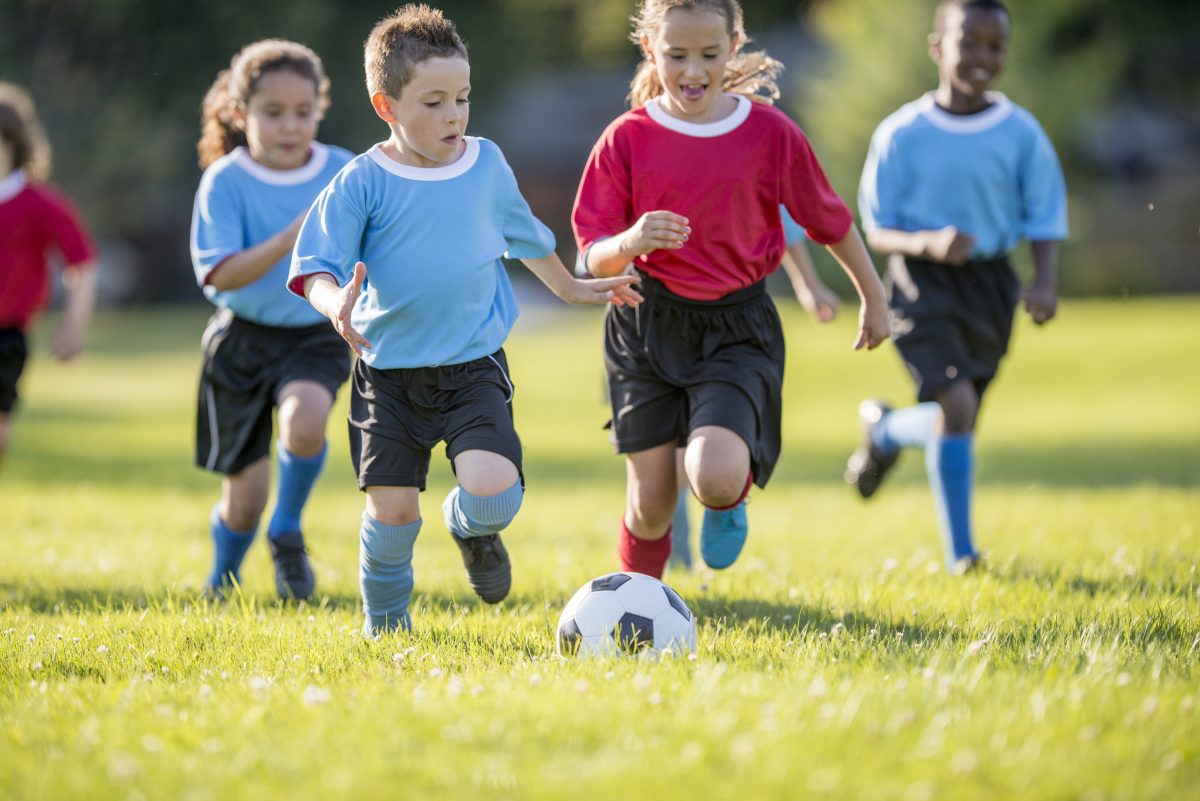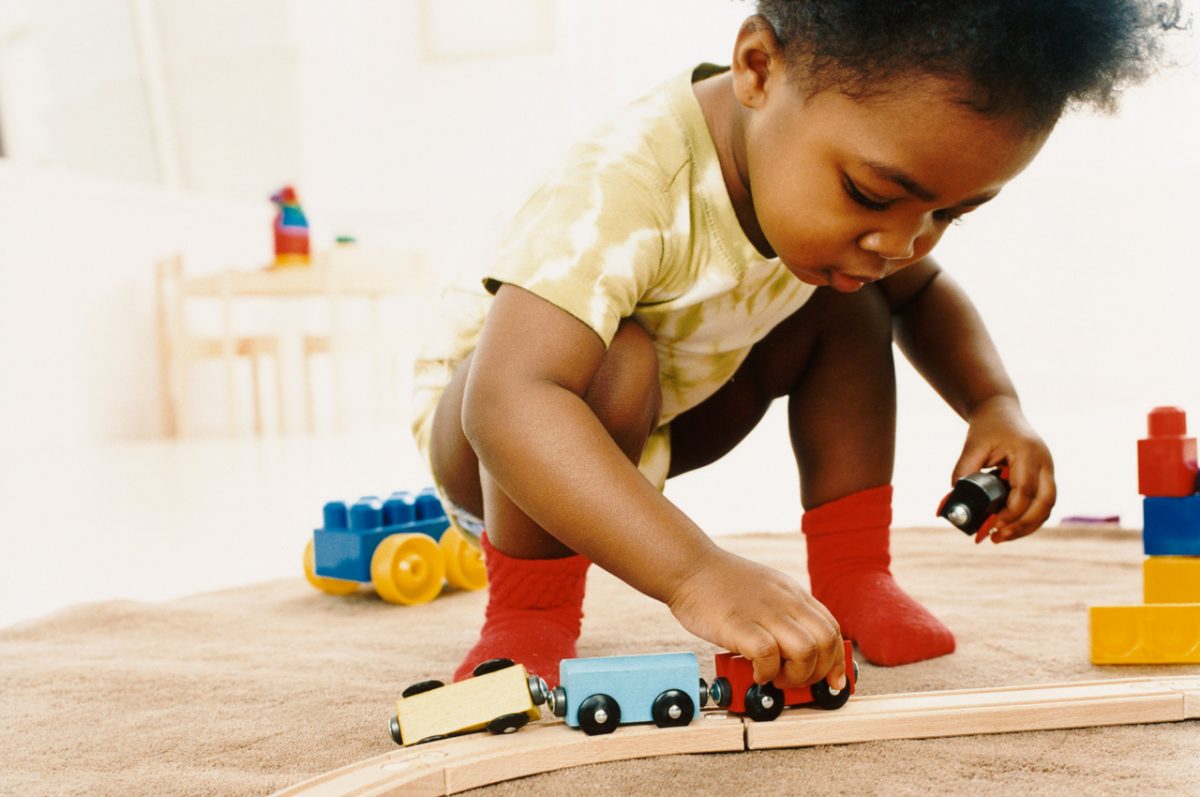Gross motor skills are such an important part of the healthy development for children of all ages. In fact, gross motor activities not only get kids moving and active and allow them to release much needed energy, they also are responsible for helping children regulate their sensory needs. One of the easiest ways to include proprioceptive (body’s ability to perceive its own position in space) and vestibular (sense of balance) input on a daily basis in our home is with Animal Walks.
Animal walks are simple and fun exercises that anyone can do to get a quick dose of gross motor play in their day. Simply put, they are exercises that resemble the animals they are named for. Some of the animals walks we do have classic instructions that are known throughout early childhood and physical development experts, such as the crab walk, bear walk, penguin walks and frog jumps.
However, the fun doesn’t have to stop with the classics. Animal walks can resemble any animal and are a great way to encourage creativity while developing the important gross motor skills and providing sensory input.
Many of these movements require core strength, balance, and agility which are wonderful for sensory input and regulating the sensory systems (especially when there is a problem).
Another great thing about animal walks is that they help to increase Motor Planning Skills. Motor planning describes how a child plans their body movements. An element of motor planning includes paying good attention to directions and sequencing these directions correctly. Animal walks are not simple! They require motor planning, and its sufficient sequencing and timing. Participation in activities that practice motor planning provides a good foundation to help children learn to master more complex, multi-step directions for academics, as well.
Research completed in Denmark (Myrto-Foteini 2017) shows that children gain and retain maths facts more quickly when they are engaged in gross motor movement. Pairing maths and language practice with a motivating movement activity like animal walks is an ideal way to address and improve children’s academics.
Animal walks are also great for building listening skills which should be a vital part of a child’s skill building in the early years. Some benefits of good listening include more confidence, better engagement in activities, fewer misunderstandings, reduced frustration, improved receptive and expressive language. Animal walks are such fun for kids that they are primed to listen and participate – they want to master each animal’s moves and so listen well to directions.
In addition animal walks are an excellent source of “heavy work” which is perfect for helping children that are struggling with fidgeting and even meltdowns. Heavy work is any activity which requires you to use your muscles and joints, putting pressure on them as you move. It provides your body with necessary proprioceptive input to self-regulate.
Our favourite part about doing animal walks with kids is the fact that these activities require no additional materials. You simply just need some open space and your body.
You probably remember doing lots of these animal walks yourself when you were a child, but in case you need some further inspiration, here are some examples of animal walks for kids that will have your kids moving and giggling in no time! Why not make a fun game by one of you demonstrating an animal walk and other having to guess what the animal is?
Animal Walks:
Crab Walk – Start by squatting down close to the ground. Lean backwards and place your hands on the ground. You should look like a “table top”. Now walk sideways, while holding your bottom off the ground and your back straight.
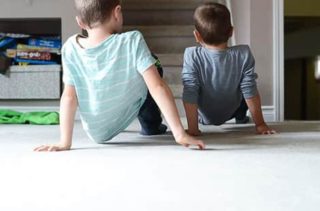
Bear Walk – Start in the standing position. Bend over and put both hands on the ground. Now, walk forward with the same leg and arm – move your right arm and right leg forward, then the left leg and arm at the same time, then repeat. For additional challenge, try keeping your legs and arms straight.

Frog Jumps – Start in the squatted position. Place your hands on the floor in between your knees. Using your feet, jump forward and land with your hands and feet on the ground.
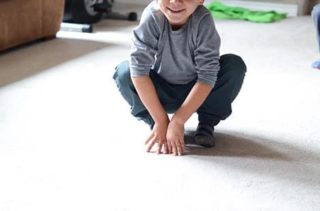
Donkey Kicks – Starting in the standing position, lean over and put both hands and both feet on the ground. When the area around you is clear, jump with your legs and kick behind you, leaving your hands on the ground. For a fun challenge, stack some pillows or cardboard boxes and use your donkey kicks to knock them over.

Penguin Waddle – Who doesn’t love penguins? They’re so adorable when they walk! Your kids will love pretending to be a penguin too. Simply keep your arms tight against the side of your body then gently waddle side to side as you walk. As a bonus challenge, try and encourage your kids to walk a “penguin egg” on their feet. Place a small ball or stuffed animal on top of their feet and see if your kids can waddle without dropping their egg.
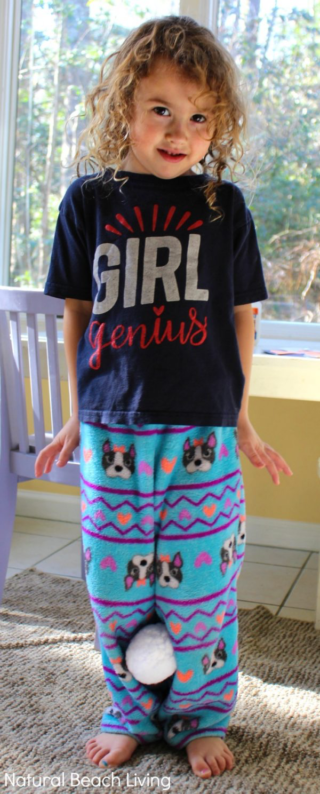
Kangaroo Jumps – Starting in the standing position, put both feet together and squat down. Jump as high as you can using only your feet, and no hands. You could also encourage your kids to hold a stuffed animal in front of them as if they have a kangaroo pouch of their own.

Duck Waddle – Your kids will love pretending to be a duck with this simple duck waddle! Squat, tuck your hands into your armpits to make “duck wings,” and flap your arms as you walk.
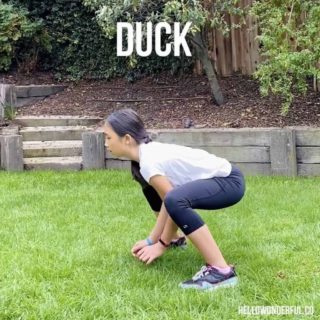
Alligator Push-ups – Start on your tummy and push up into a plank through your hands and toes. Walk forwards while trying to keep your arms and body as straight as possible.
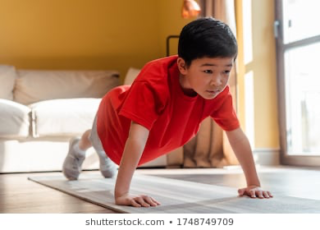
Snake Slither – Lay on your tummy and put your hands by your sides or out in front. Wiggling your hips and shoulders side to side, to try and move forward across the floor without using your hands to help.
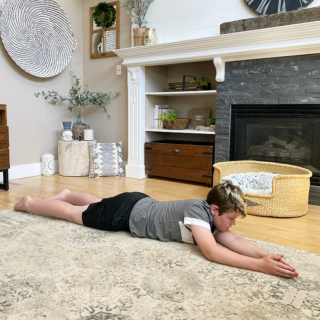
Turtle Crawl – Starting in the kneeling position, curl your back over and put your elbows on the ground. Keeping your bottom on your heels, and your elbows and hands on the ground, pull yourself forward in a slow motion.
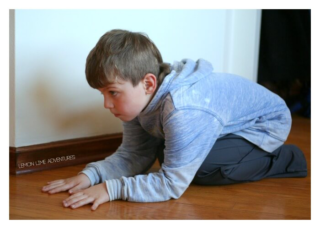
Whale Swim – Laying on your stomach, with your arms stretched in front of you, rock back and forth on your hips. This takes a lot of core strength and can take some time to get used to.

Gorilla Walk – Start in the squatted position with your hands fisted on the floor. Walk along while staying in the squatted position. For added gross motor exercise, try beating your chest with your fists as you walk.
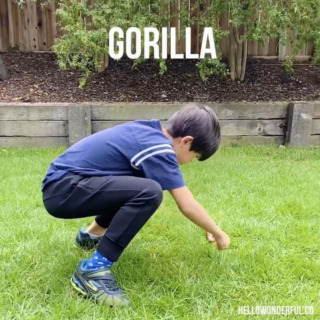
Octopus Wiggles – Start in the seated position on the floor. Attempt to lift both legs off the ground at the same time while wiggling your legs and arms.
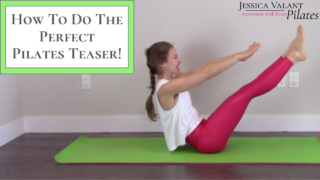
Inchworm Crawl – Move inch by inch with this silly animal walk. Starting in a standing position, keep your legs straight, bend down, and place your hands on the ground right in front of your feet. Next, walk your hands out in front of you until you get into a pushup-like position. Then walk your feet up to meet your hands all while keeping your arms and legs straight. Repeat this until you have walked across the room.
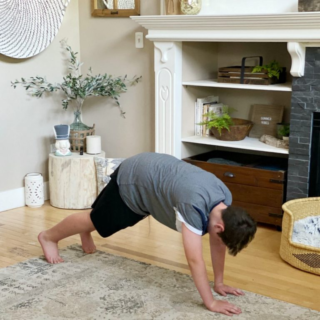

Elephant Walk – Start in the standing position and bend over with your hands held together. Keeping your back straight and parallel with the floor, hang your hands under your shoulders and swing them back and forth as you walk with straight legs across the floor. Don’t forget to stomp your feet like big elephants as you walk too!
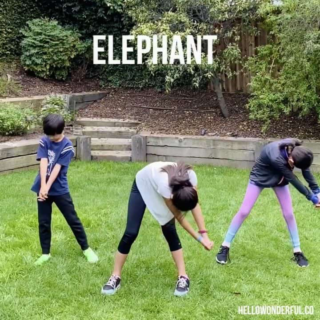
Seal Slide – The seal slide animal walks can be challenging as an adult, but it’s a great challenge for the kids anyway. Simply lay on your tummy, push your hands up until your arms are straight, and move across the floor while dragging your legs.
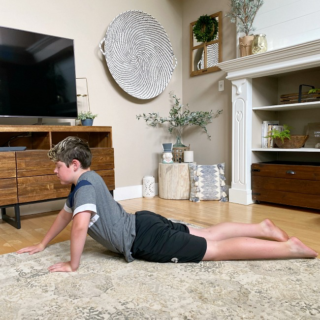
One-Legged Flamingo Stand/Hops – This animal walk is great for working on balance because it’s all about one-legged standing and hopping. To do flamingo hops, stand on one leg making sure you get your balance first then, hop and land one-legged on the opposite leg.
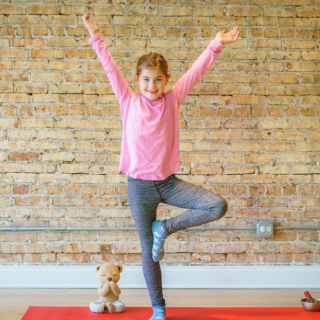
Finally, don’t forget to encourage your kids to invent their own animal walks too! Maybe they’ll want to be dinosaurs or horses or sea creatures. The possibilities are endless!
If you have any questions about how animal walks can help your child, contact The Children’s Physio today.



